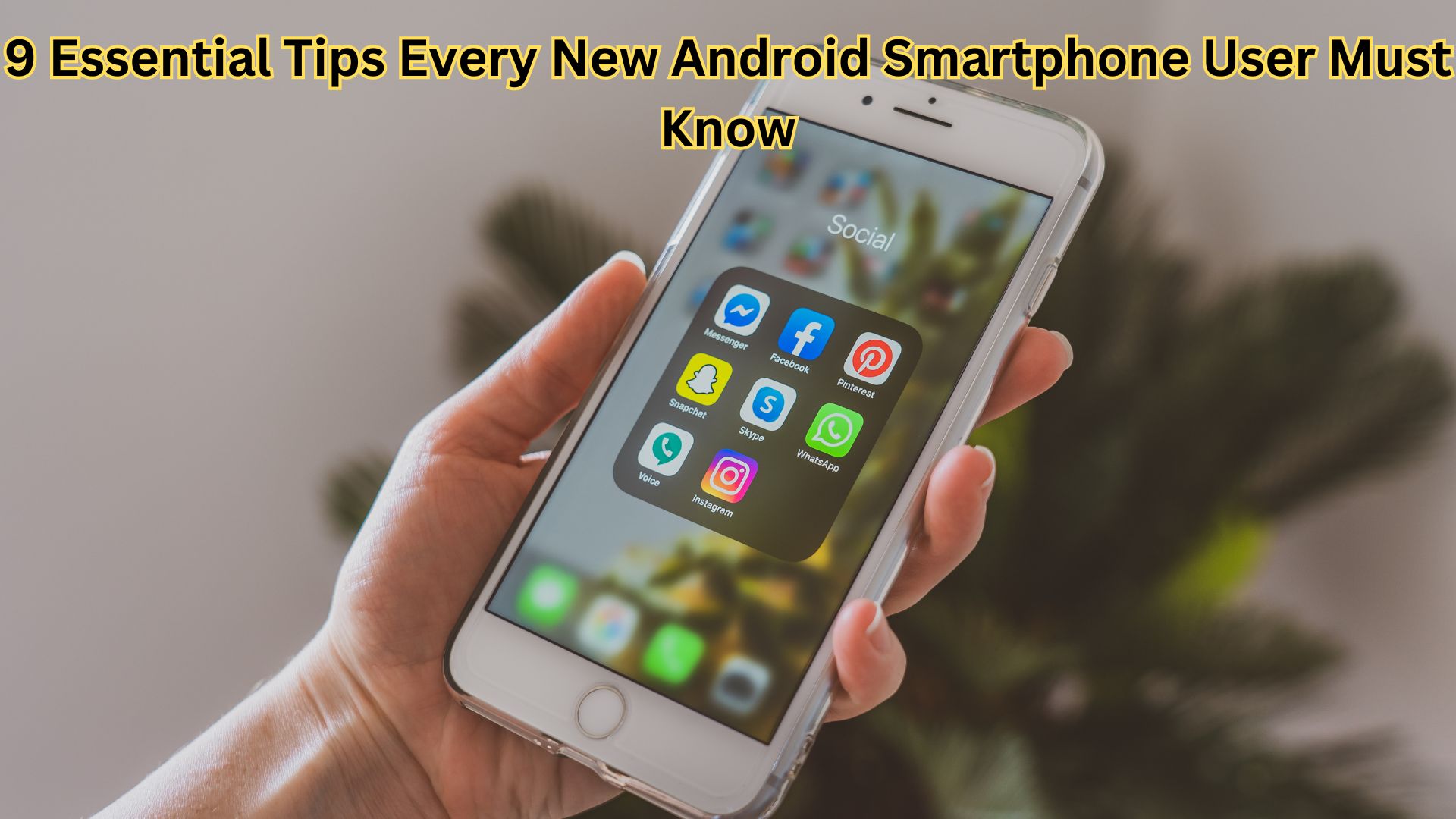
Android smartphones are renowned for their flexibility and customization options, yet many users do not fully utilize their device’s capabilities. Whether you’re a tech beginner or an experienced user, these nine tips will help you maximize your Android experience.
1. Optimize Battery Usage with Adaptive Battery and Power Saver
Battery life is a common concern among Android users. To extend your battery life, enable Adaptive Battery and Power Saver modes. Adaptive Battery limits the battery usage of infrequently used apps, while Power Saver reduces background activity, helping your phone last longer between charges.
How to Enable:
- Adaptive Battery: Go to Settings > Battery > Adaptive Battery.
- Power Saver: Access from the quick settings menu or go to Settings > Battery > Battery Saver.
2. Automate Tasks with Google Assistant Routines
Google Assistant can perform more than just answering questions. With Routines, you can automate a series of actions with a single voice command. For instance, saying “Good morning” can turn on the lights, check the weather, and play your favorite playlist.
How to Set Up:
- Open Google Assistant and tap your profile picture.
- Navigate to Routines and customize your desired actions.
3. Customize Quick Settings
Quick Settings offer fast access to essential features. Customize this panel to include settings you use most frequently, such as Wi-Fi, Bluetooth, and Do Not Disturb.
How to Customize:
- Swipe down from the top of your screen to open Quick Settings.
- Tap the edit icon (pencil) and drag the icons to rearrange or add new ones.
4. Enhance Security with Biometric Authentication
Increase your phone’s security by using biometric authentication methods like fingerprint or facial recognition. These methods are not only more secure than traditional passwords but also more convenient.
How to Set Up:
- Go to Settings > Security > Fingerprint (or Face Recognition).
- Follow the prompts to register your biometrics.
5. Utilize Digital Wellbeing Features
Android’s Digital Wellbeing tools help you understand and manage your tech habits. Features like Dashboard, App Timers, and Focus Mode can assist in reducing screen time and improving your digital health.
How to Access:
- Go to Settings > Digital Wellbeing & Parental Controls.
- Explore features like Dashboard and App Timers to monitor and limit app usage.
6. Explore Developer Options
For advanced users, Developer Options offer numerous settings to customize and optimize your device’s performance. Enable USB debugging, tweak animation scales for faster performance, and more.
How to Enable:
- Go to Settings > About Phone.
- Tap Build Number seven times to unlock Developer Options.
- Access Developer Options in Settings > System.
7. Secure Your Device with Find My Device
If your phone gets lost or stolen, Find My Device can help you locate, lock, or erase it remotely. Ensure this feature is enabled for added security.
How to Enable:
- Go to Settings > Security > Find My Device.
- Ensure it is toggled on.
8. Use Split Screen Mode for Multitasking
Split Screen Mode allows you to use two apps simultaneously, enhancing productivity. This feature is especially useful for multitasking, such as browsing the web while watching a video.
How to Use:
- Open the Recent Apps menu.
- Tap the app icon and select Split Screen.
- Choose the second app from the recent apps list or app drawer.
9. Customize Your Home Screen with Widgets
Widgets offer at-a-glance information and quick access to app functions directly from your home screen. Customize your home screen with widgets for weather, calendar, to-do lists, and more.
How to Add Widgets:
- Long-press on your home screen and select Widgets.
- Browse the available widgets and drag your chosen widget to the home screen.
By implementing these nine tips, you can unlock the full potential of your Android smartphone, making it more efficient, secure, and personalized to your needs.
Also Read
How to Effortlessly Transfer Data to Your New Android Smartphone
